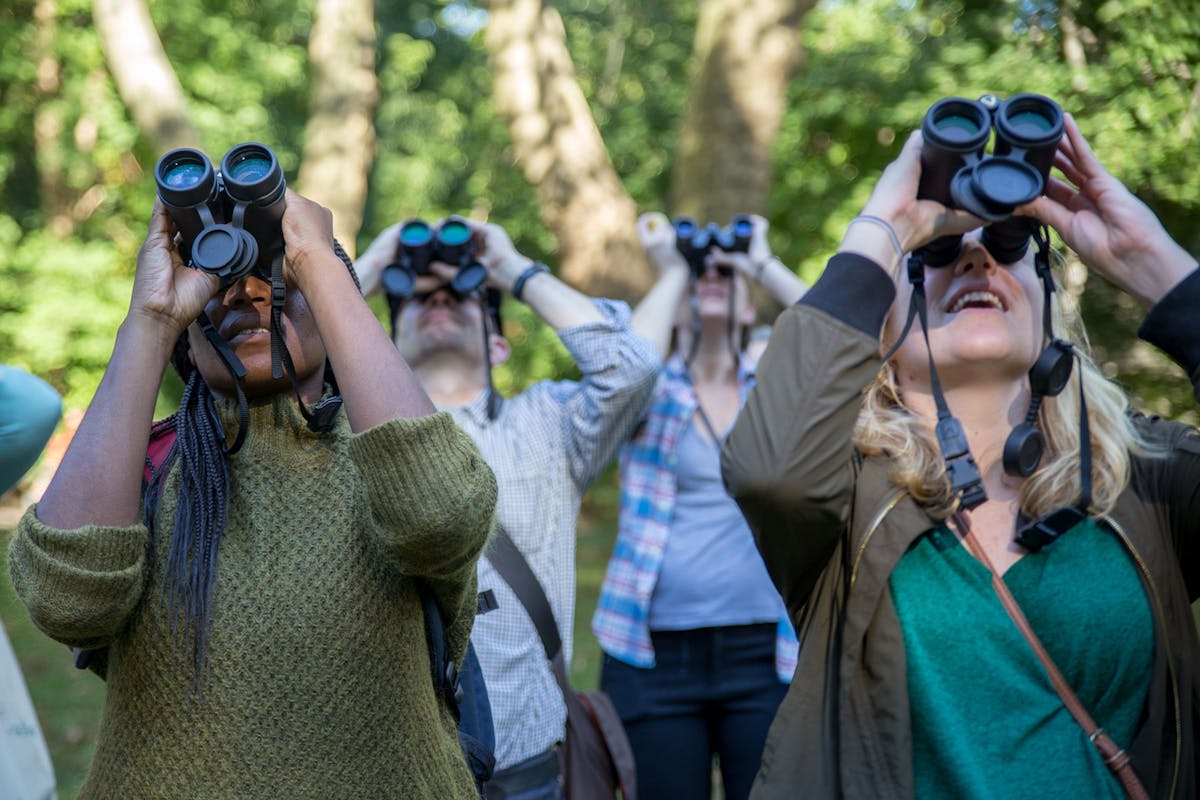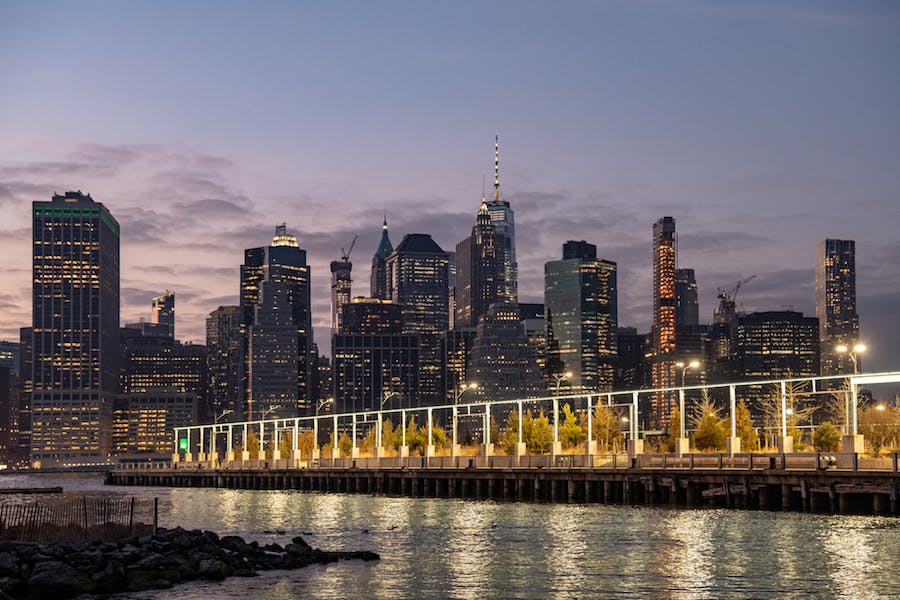Audubon New York has designated more than 130 Important Bird Areas in the state—“significant places for birds to survive and thrive.”
To make the list, each IBA must be a place in which “birds congregate in large numbers at one time,” at-risk species have made a home, or there are habitats (for example, forests, wetlands, or grasslands) that support certain groups of birds.
You’d expect to find an IBA network in the rural sections of upstate New York. But you might be surprised to learn that areas in all five New York City boroughs have been designated Important Bird Areas. They include Central Park in Manhattan; Prospect Park in Brooklyn; Jamaica Bay (Brooklyn and Queens); North and South Brother Islands, Pelham Bay Park, and Van Cortlandt Park in the Bronx; and Clay Pit Pond State Park Preserve, Harbor Herons Complex, and Hoffman and Swinburne Island Complex in Staten Island. You can find information about each IBA here.
Central Park’s 840 acres provide an urban oasis that attracts an estimated 230 bird species each year. Early morning and late afternoon are peak times for birding in Central Park, but there’s some activity throughout the day. And if you have children ages 6-10 who are interested in developing their birding skills, check out the Park’s Discovery Kits. These backpacks contain “kid-friendly binoculars, field guides, a hand lens, colored pencils, and sketch paper” and are available to borrow free of charge.
Birders in Prospect Park have a chance to see 250 species, “including migrating songbirds in spring and fall” as well as the waterfowl and other birds that live here year-round. A variety of Audubon Center and Pop-Up Audubon programs teach visitors about birds and other wildlife in the Park, and the Brooklyn Bird Club welcomes members and non-members on its field trips and seasonal walks.
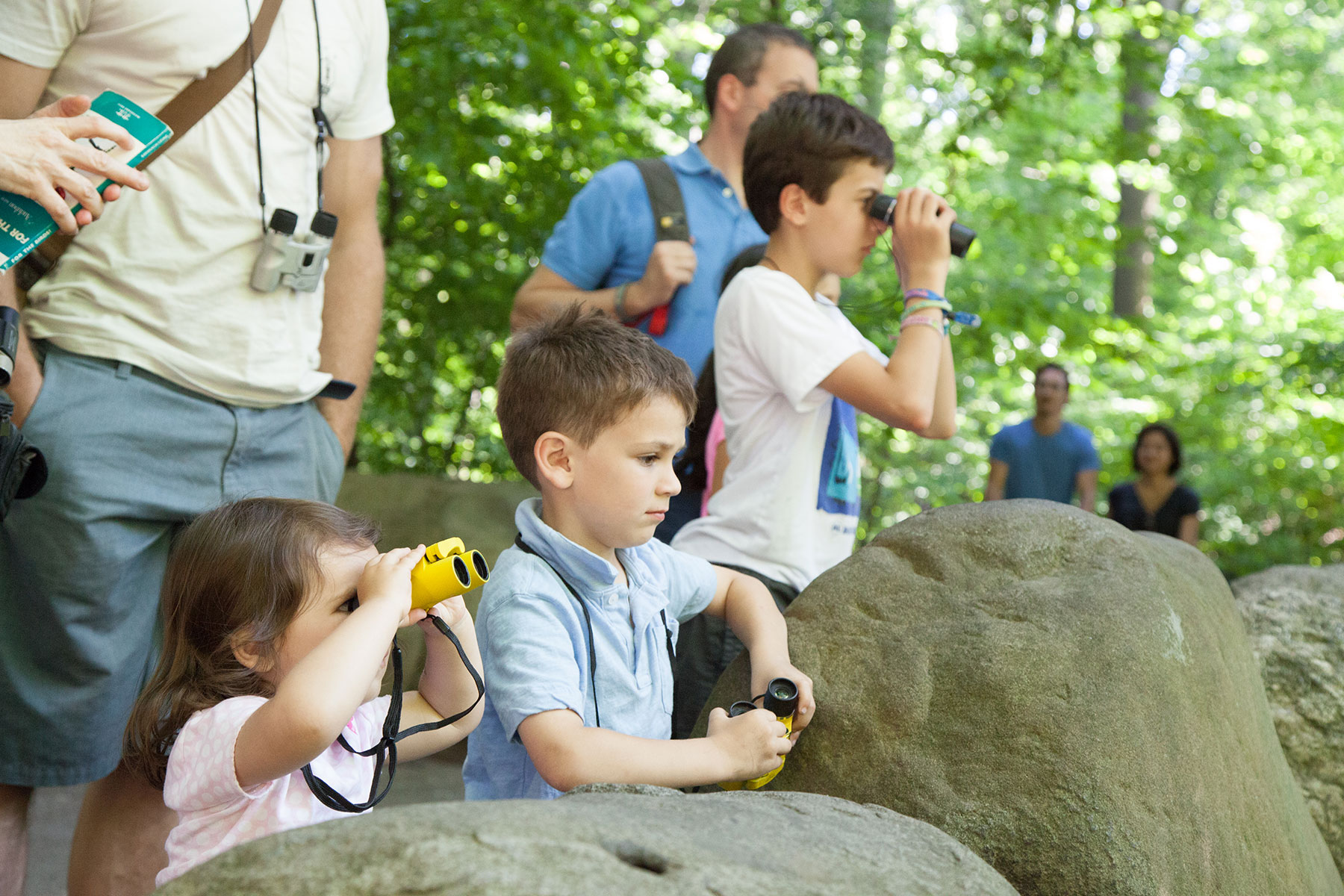
The next generation of birders takes flight through the Pop-Up Audubon program in Prospect Park.
Credit: Virginia Freire
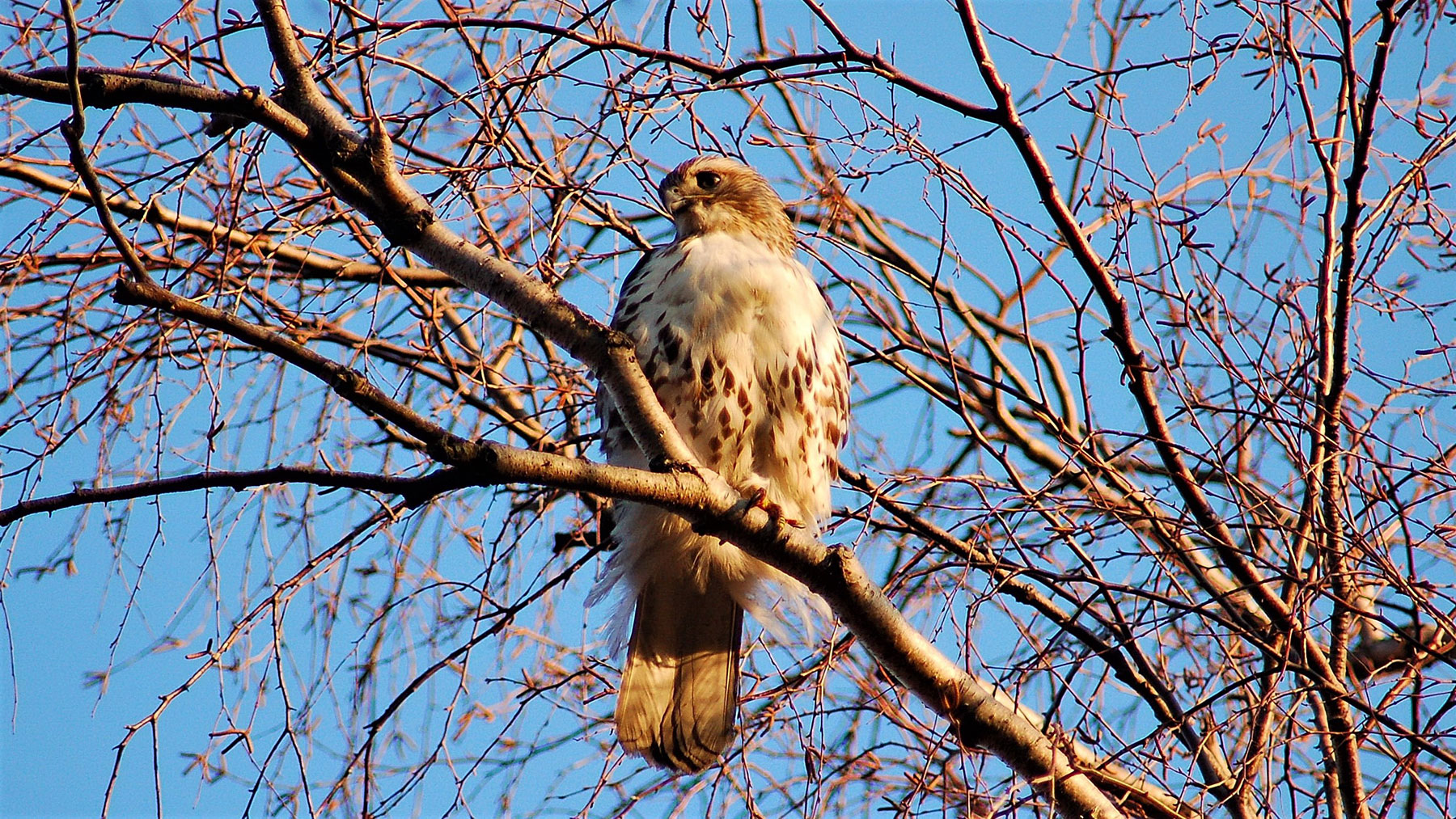
Winged hipster? Like everyone in Brooklyn, this Red-Tailed Hawk loves to hang out in Prospect Park.
credit: Randy B. Hecht
There have been 332 bird species sighted at the 9,000-acre Jamaica Bay Wildlife Refuge, part of the Gateway National Recreation Area. According to Audubon, that’s nearly half the species found in the Northeast. The organization rates birding opportunities there as excellent year-round and notes that the 70 species that nest regularly there include Great and Snowy Egrets; Little Blue, Tricolored, and Green Herons as well as Black-crowned and Yellow-crowned Night-Herons; Glossy Ibis; Osprey; American Oystercatcher; American Woodcock; Laughing Gull; Barn Owl; and Boat-tailed Grackle.
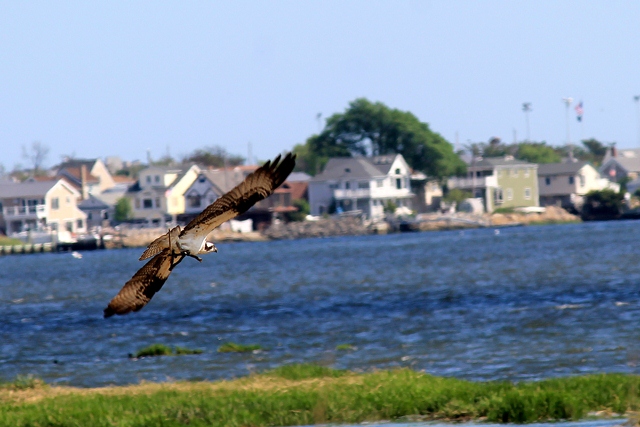
An Osprey glides over the waters at Jamaica Bay Wildlife Refuge, which stretches across Brooklyn and Queens.
credit: Nacho Mena / NATIONAL PARK SERVICE
At 2,765 acres, and with a 13-mile shoreline, meadows, saltwater marshes, and woodlands, Pelham Bay Park boasts “New York City’s most ecologically diverse habitats.” No wonder it’s a haven for wildlife: its diverse natural environments provide “breeding, respite and feeding grounds for a multitude of birds, mammals, reptiles, and others.” Depending on the season, Osprey, Wood Thrush, Red-eyed Vireo, Owl, Hawk, and Wild Turkey sightings are among the rewards of birding in this corner of the Bronx.
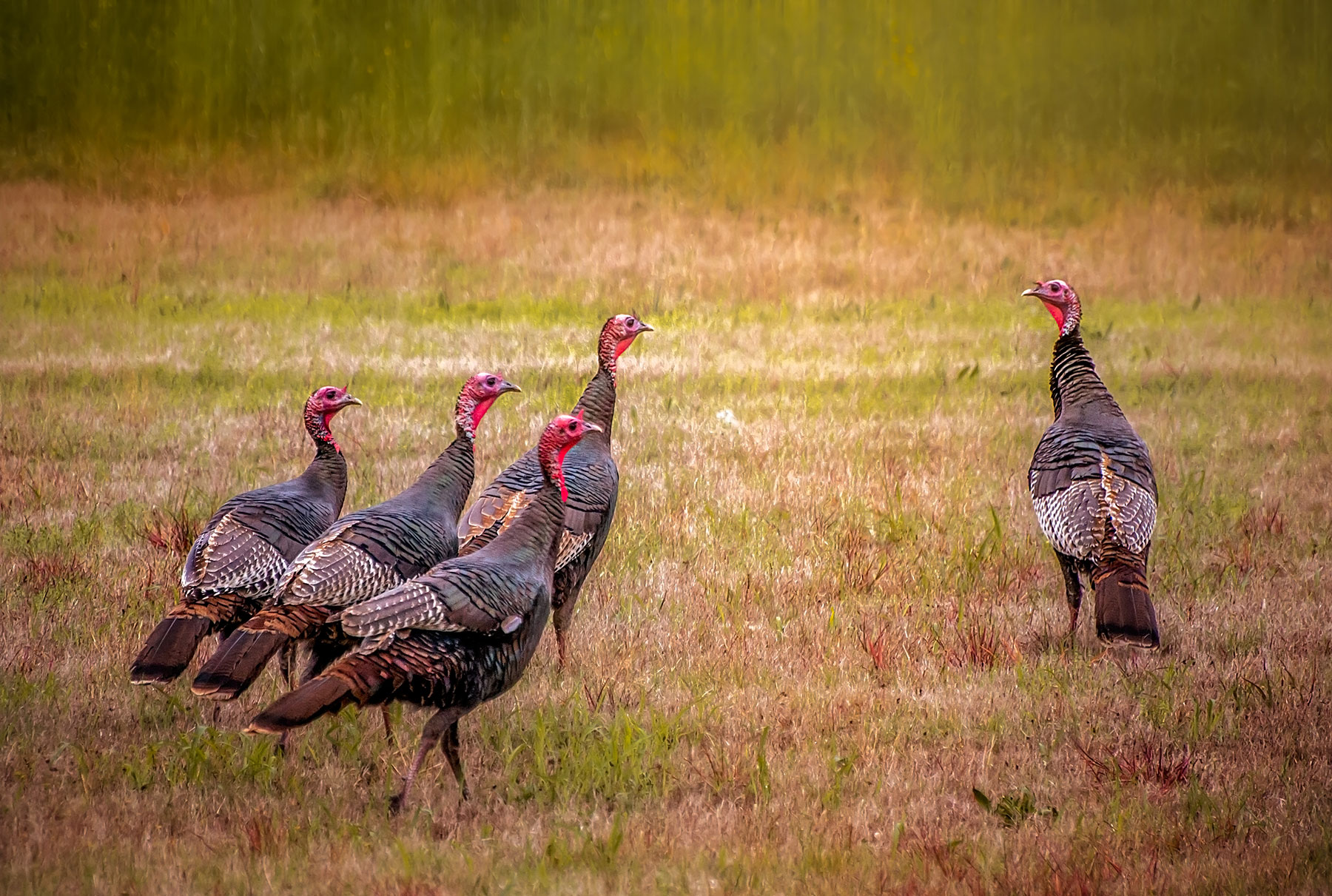
Wild turkeys can be seen in Pelham Bay Park.
credit: iStock/Merma1d
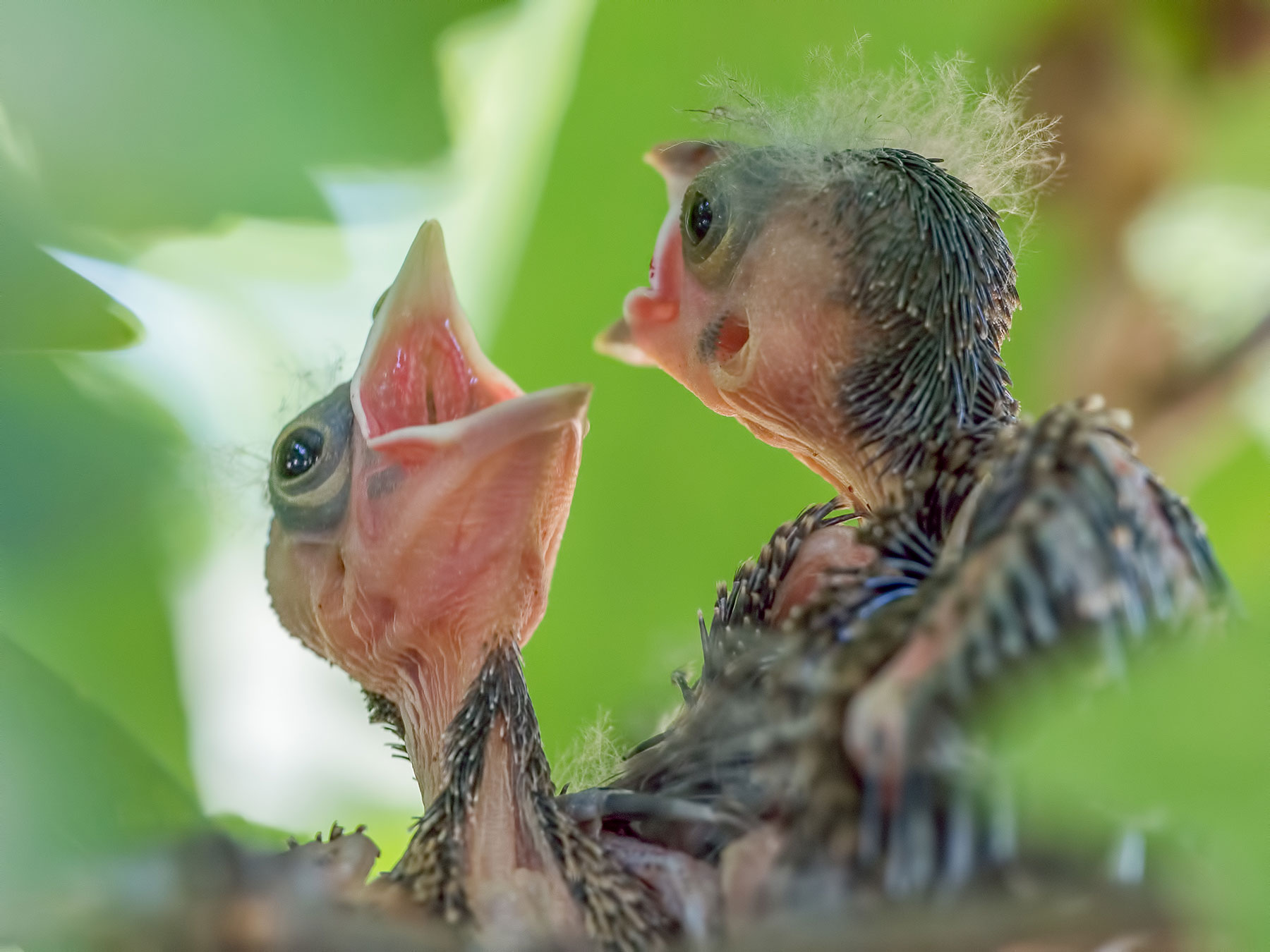
Hungry red-eyed vireo chicks call to get some food.
credit: iStock/BobGrif
Clay Pit Pond State Park Preserve includes a Bird Conservation Area in which habitats such as wetlands, ponds, sand barrens, streams, and woodlands provide food, shelter, and breeding sites for 180 species of birds, including 57 species of neotropical migratory songbirds. Here, you may see the Broad-winged Hawk, Yellow- and Black-billed Cuckoos, Great Crested and Olive-Sided Flycatchers, and the Palm, Bay-breasted, and Wilson’s Warbler, among 31 species of warbler recorded in this Staten Island nature preserve.
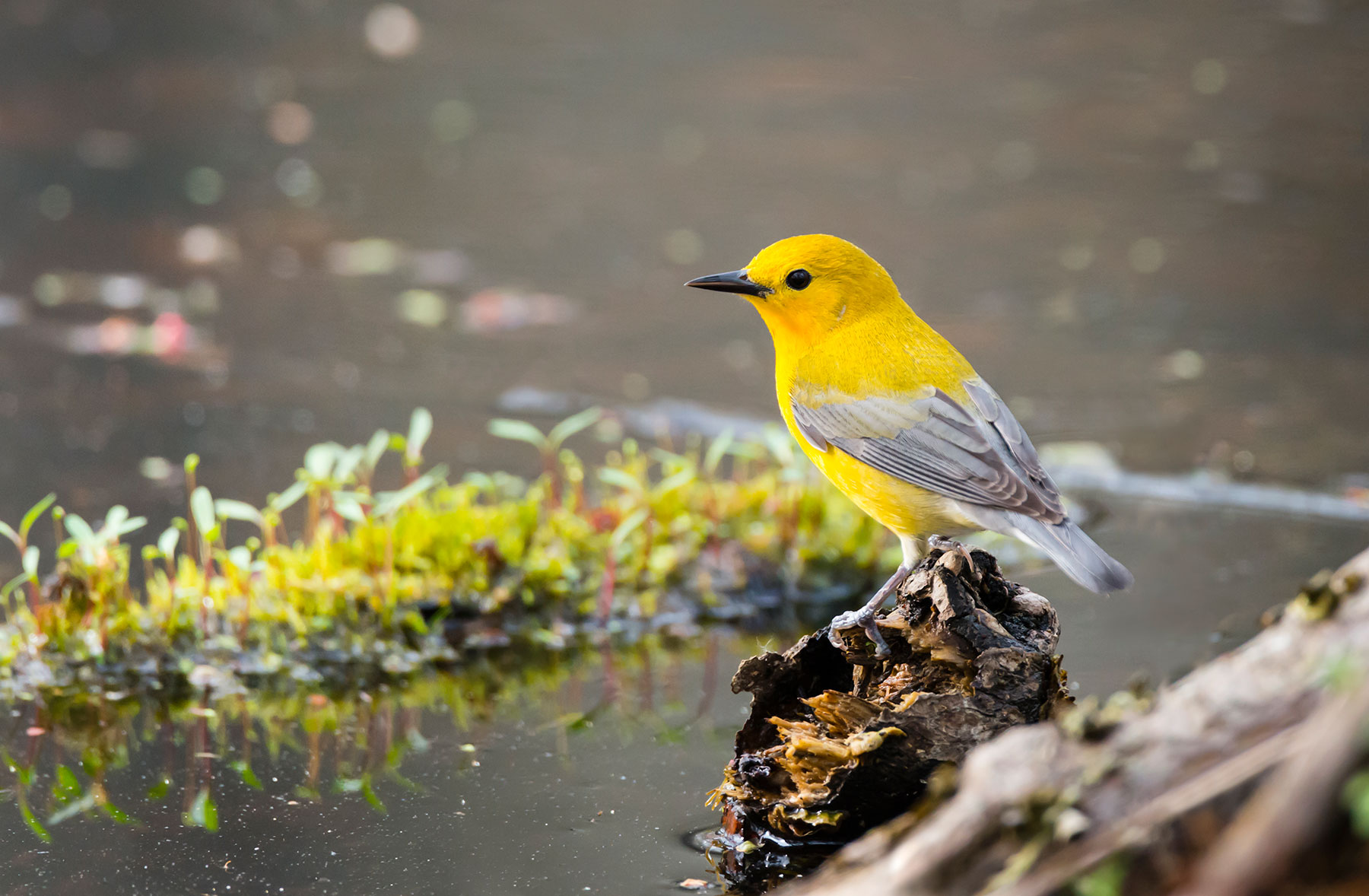
A warbler in perches in early summer.
credit: iStock/pchoui
Links from this page offer Audubon backgrounders on more than two dozen birding sites in New York City, including parks, botanical gardens, and Greenwood Cemetery. You’ll also find links to resources about birding ethics and the clubs and organizations that make up the city’s birding community. And you’ll want to see this PDF checklist if you’re on a quest to see all the birds who are part of the urban population here.
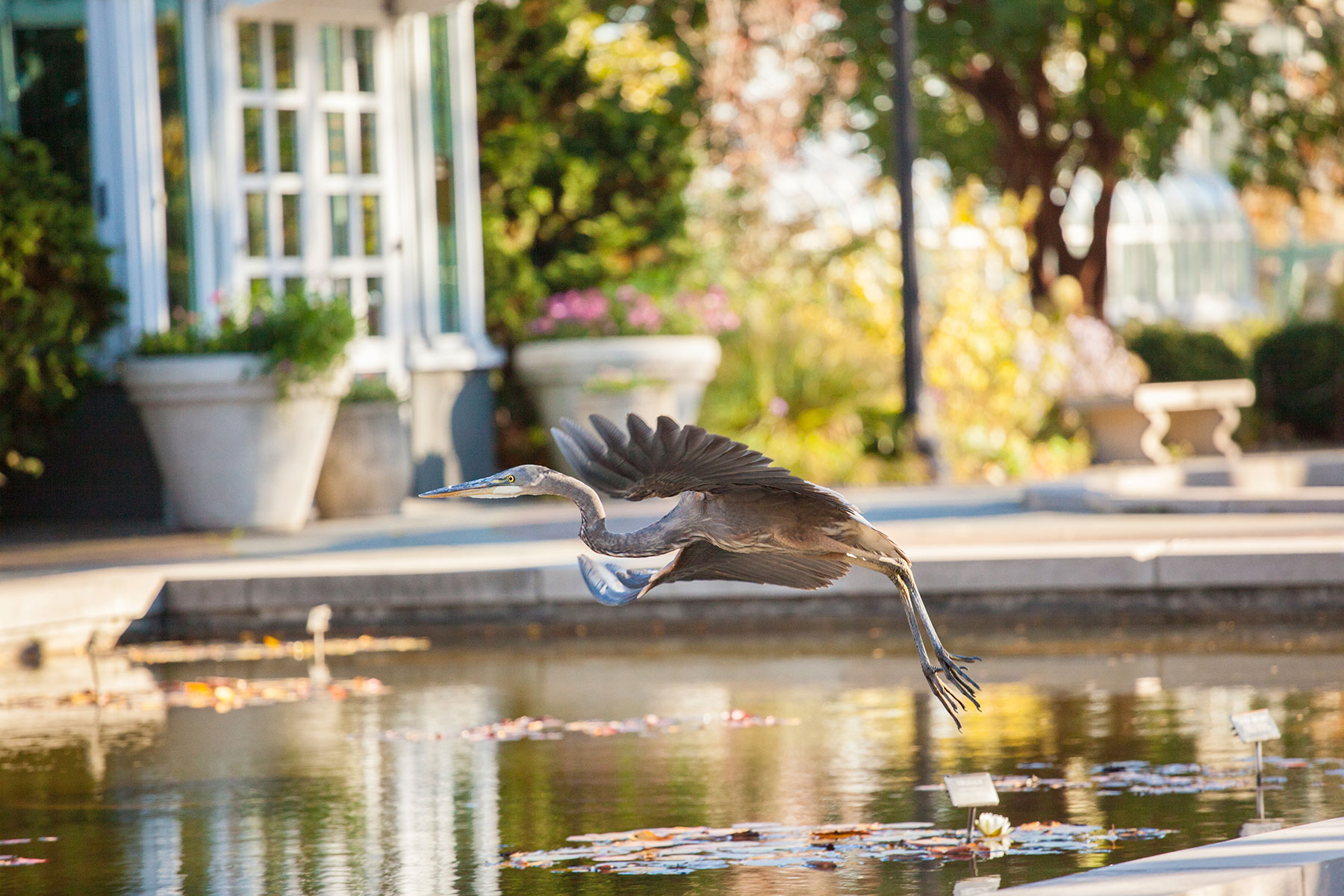
Brooklyn Botanic Garden provides another urban green space to attract birds and birders.
credit: Tagger Yancey IV / Brooklyn Botanic Garden
Header photo credit: Camilla Cerea


